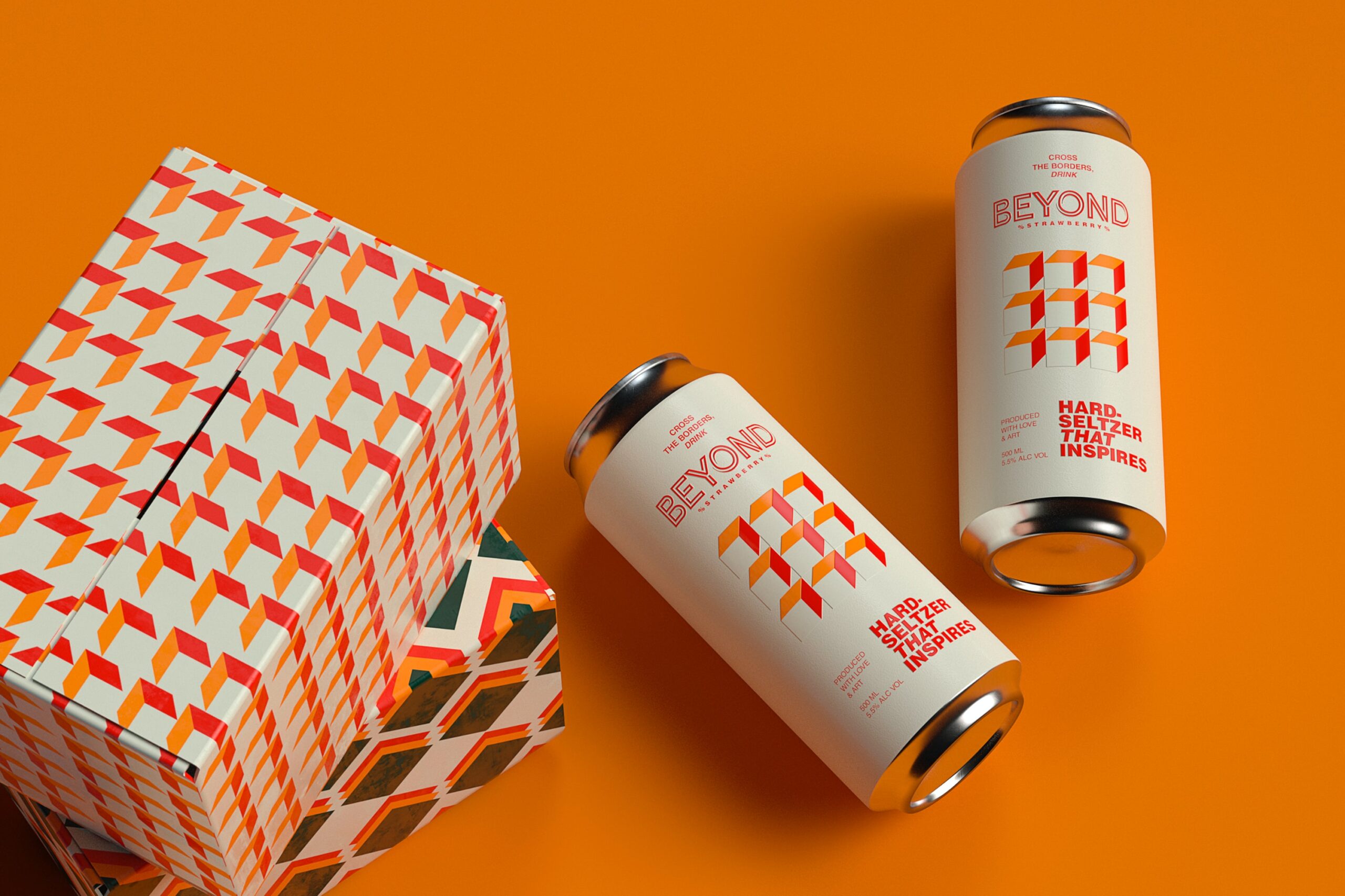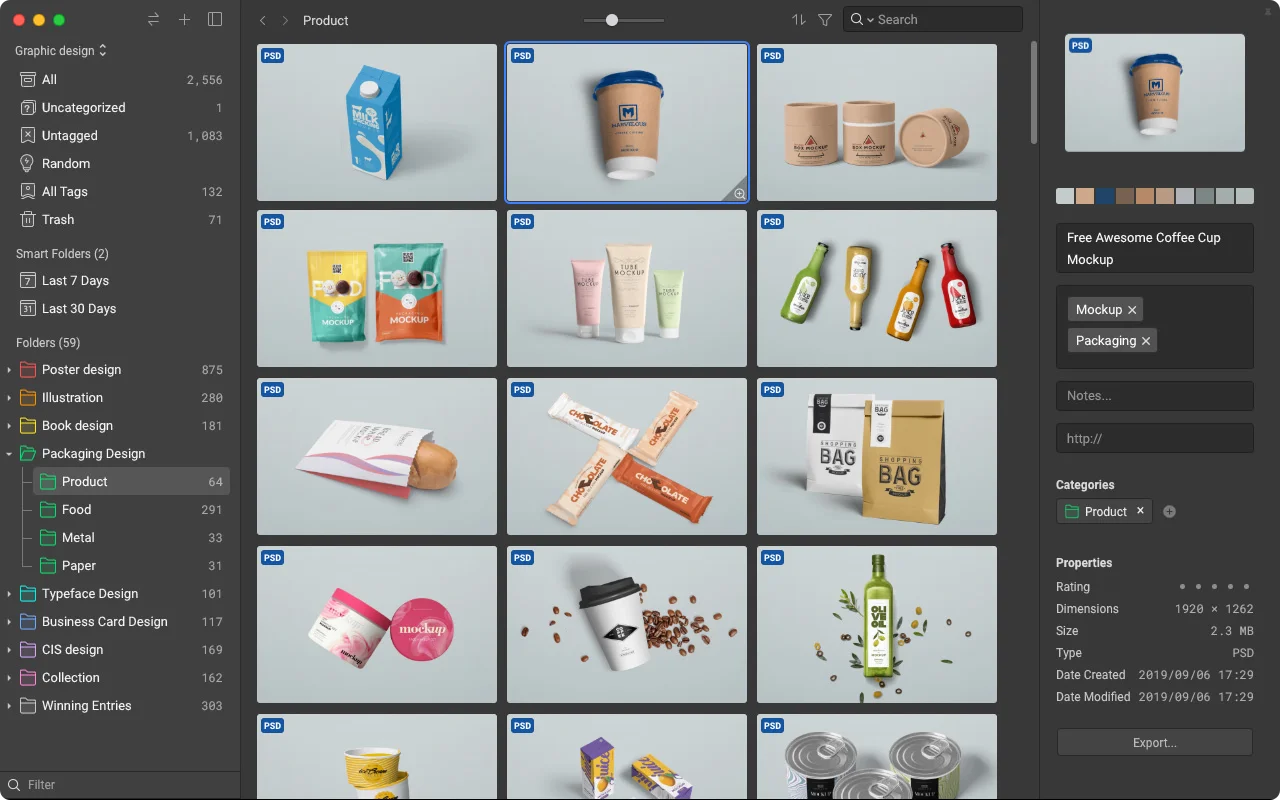The use of colour in any domestic interior can have a profound effect on the well-being and happiness of the people who use it. Moods, emotions and even physical feelings can be evoked by the thoughtful use of colour.
Did you know that a vibrant red can make your heart beat faster? Or that a calm, tranquil blue can suppress your appetite?
The reasons for this are complex and related to human and higher primate evolution – and not really what we’re concerned with here. What we want to explore is how we colour our interiors and how, in a sense, those interiors “colour” us – our moods and our emotions.
Colours can be divided into two basic categories – warm and cool. Warm colours like orange stimulate and excite, whereas cool colours like green are more relaxing and calmative. The former are “people” colours – best in living rooms and kitchens, or anywhere where people come together and socialise. Cool colours are the opposite and are more often used in bedrooms and study/office spaces.
Both warm and cool colours are further divided into saturated and unsaturated colours. The awesome infographic from Design 55 illustrates this to perfection and pinpoints the separate emotions associated with each colour – quietude and deep hued orange; nostalgia and pale lilac et cetera.
By mixing and matching different colours in the same interior the effects and moods you can create multiply significantly. Warm colours together – reds and oranges, say – are very complimentary and break up the intensity that each colour carries on its own.
Both warm and cool colours or tones look great and are given definition by so-called neutral colours – that is white, grey and black. Orange and grey, for example, have great appeal when used together and feature on the instrument panels of many modern cars.
Another useful way of employing colour to effect mood is to use accenting colour. A splash of red or blue from a vase or ornament builds on or accents the existing, more prevalent colours in a room. Home accessories like those available from Design 55 do a great job at achieving this. Entire decorative schemes have been built very successfully around favourite objects of colour that serve to accent and harmonise different wall and ceiling colours.
Tip: another way of researching the colours you might want to employ to revolutionise the mood and emotional feel of a room is to study the work of the modern masters of colour – artists like Rothko and Pollock (and many, many more). It’s a great way of getting ideas for free and adds a cultural dimension to an interior.

Infographic by Design55













Add Comment